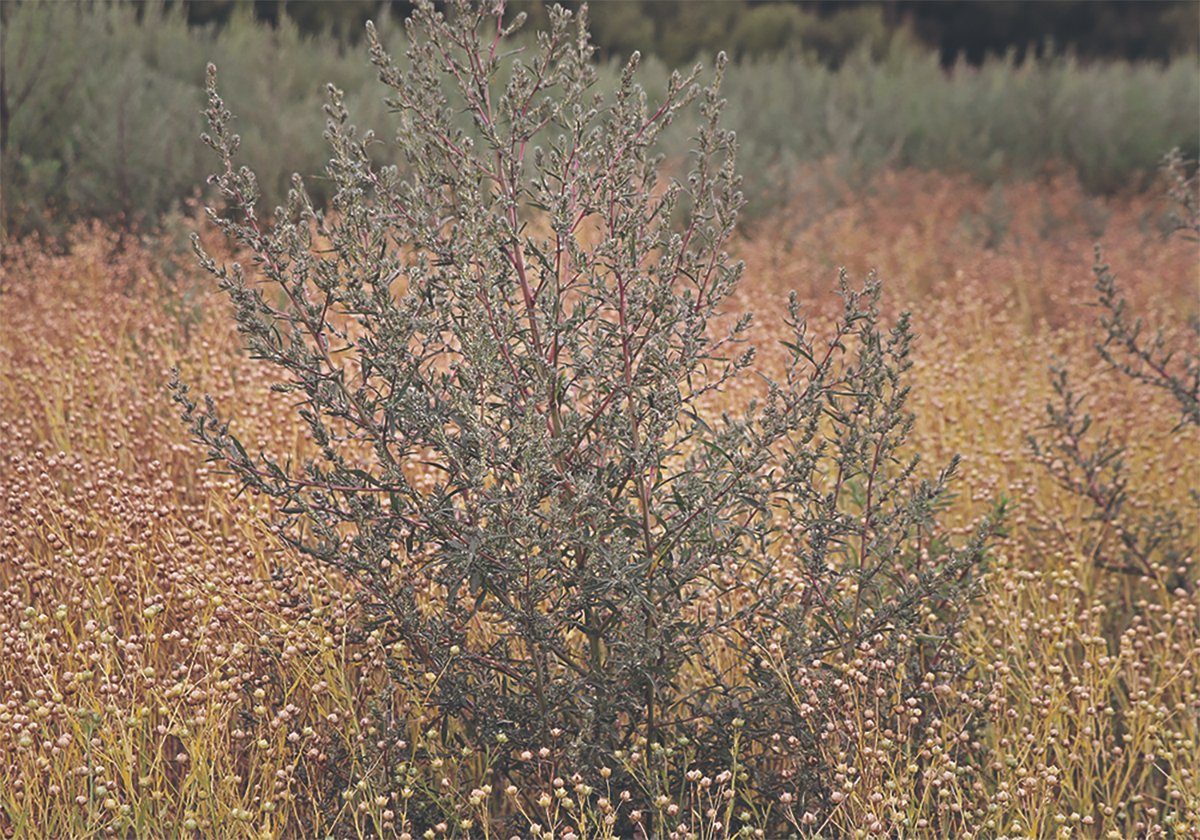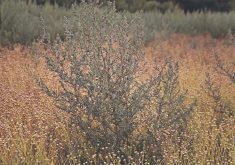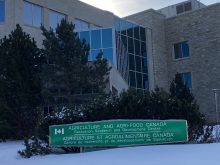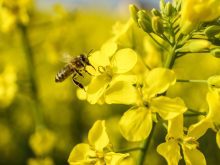Why do we do it? Why do we listen to all the long-range weather forecasts over the winter that try to predict what the growing season will be like, when year after year they prove themselves to be largely useless?
In 2021, the Prairies had an epic drought and this year has seen an abnormally wet growing season in most regions. Neither was predicted by any of the weather services. Better to rely on a flip of a coin or an examination of pig spleens.
In fairness, short-range weather forecasts have been quite good this year. Rain that has been forecast has largely materialized.
Read Also

Kochia has become a significant problem for Prairie farmers
As you travel through southern Saskatchewan and Alberta, particularly in areas challenged by dry growing conditions, the magnitude of the kochia problem is easy to see.
As we head into what’s usually the hottest part of summer, the producer wish list for weather is extremely variable. It’s a wet year, but you have to feel for the pockets that have missed most of the precipitation. For them, the drought is still real.
There are also areas where rainfall has been good and crops have strong potential, but subsoil moisture has not been replenished. If the rainfall tap turns off and there’s an extended blast of heat, these crops are vulnerable.
Many other areas are hoping for heat because it’s been a growing season with below normal heat units. Many crops are behind. Above normal precipitation has generated crops with excellent potential, and there should be sufficient subsoil moisture to buffer a hot, dry spell as long as it doesn’t become too extreme.
At the far end of the scale are areas where there has been far too much rain, often falling in huge splashes. Low-lying areas are flooded, with lentils and peas showing symptoms of root rot. Typically, rain makes grain and well-drained land may still produce great yields. However, some fields have been devastated and will have limited production no matter how the weather unfolds for the rest of the summer.
As a whole, the Prairie region should be on track for an above average crop. With favourable weather over the next six weeks, it could be a very large crop, perhaps even a record. If, on the other hand, we get weeks of high temperatures with blast furnace winds, crop potential could still wither.
Assuming relatively normal weather ahead, crop development will continue to be a concern. With crop stage lagging in many regions, harvest looks to be late, and that raises the spectre of quality issues.
It’s been many years since we’ve had a widespread damaging frost. Growing seasons have been lengthening, with the first killing frosts usually occurring much later than normal. However, frost in August has happened in the past. Even the normal time for frost could catch some crops this year.
Looking at current conditions, here are what seem to be the most likely probabilities.
It will be a big crop with a much wider grade spread than seen in recent years. Harvest will run late with lots of grain drying required. Crop insurance programs in Alberta and Saskatchewan will see relatively small payouts, allowing them to build up reserves after some big payout years.
While the volume of production will be good in most areas, quality will be a concern. On top of that, prices for many commodities will be down compared to what we’ve enjoyed in recent times.
And when harvest is all over and winter sets in, we’ll again start paying attention to the various long-range weather forecasts for the next growing season because we just can’t help ourselves.

















